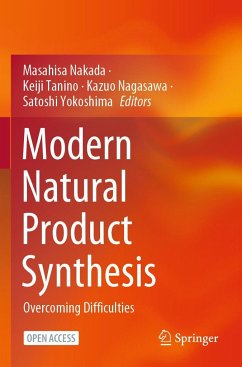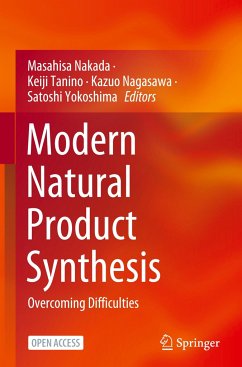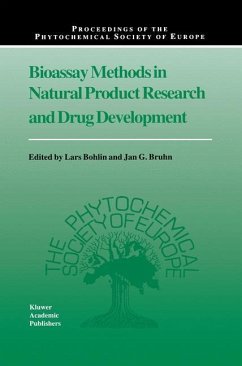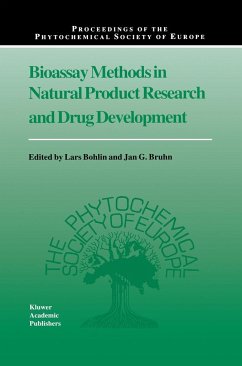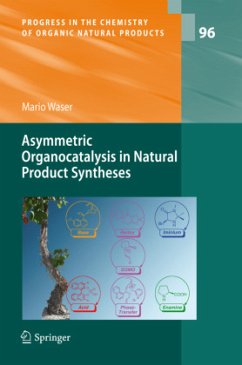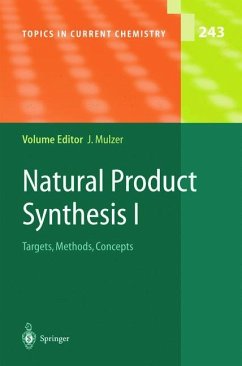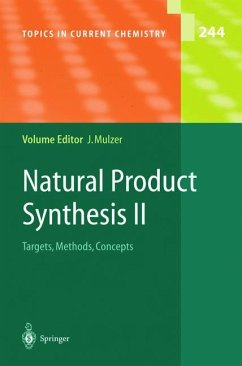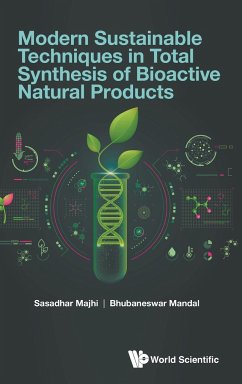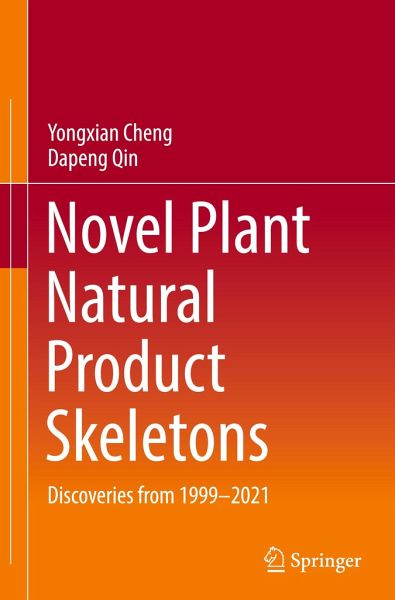
Novel Plant Natural Product Skeletons
Discoveries from 1999-2021
Versandkostenfrei!
Versandfertig in 6-10 Tagen
113,99 €
inkl. MwSt.
Weitere Ausgaben:

PAYBACK Punkte
57 °P sammeln!
This book provides an overview of the new plant natural product skeletons discovered from 1999 to 2021. It categorizes these natural products by providing their names, source distributions, structural types, structure characteristics, and bioactivities. A total of 1373 plant products in 99 families are presented, which cover 36 different structure types within the Hypericaceae family of which the majority are alkaloid structures. In addition, it presents the biological profiling in the last 23 years by summarizing the biological activities and potential disadvantages. The new natural products ...
This book provides an overview of the new plant natural product skeletons discovered from 1999 to 2021. It categorizes these natural products by providing their names, source distributions, structural types, structure characteristics, and bioactivities. A total of 1373 plant products in 99 families are presented, which cover 36 different structure types within the Hypericaceae family of which the majority are alkaloid structures. In addition, it presents the biological profiling in the last 23 years by summarizing the biological activities and potential disadvantages. The new natural products skeleton presented are unprecedented structural scaffolds and could bring new opportunities for biological/pharmaceutical areas and provide new structure templates for synthetic chemists. This book helps readers gain in-depth insight into the past and recent trends of natural products; it also assists those interested in assessing the potential biological function of the natural products.





